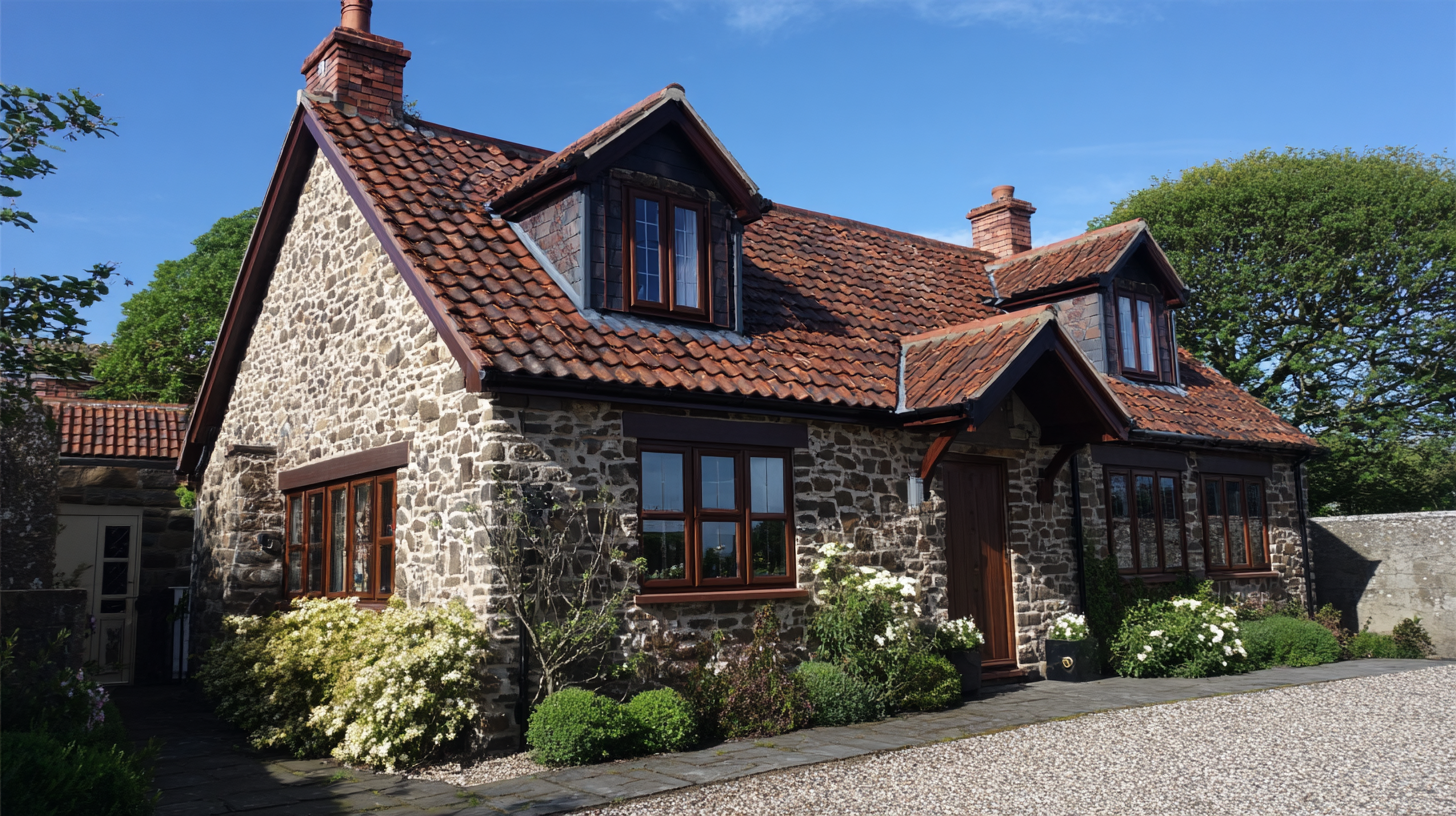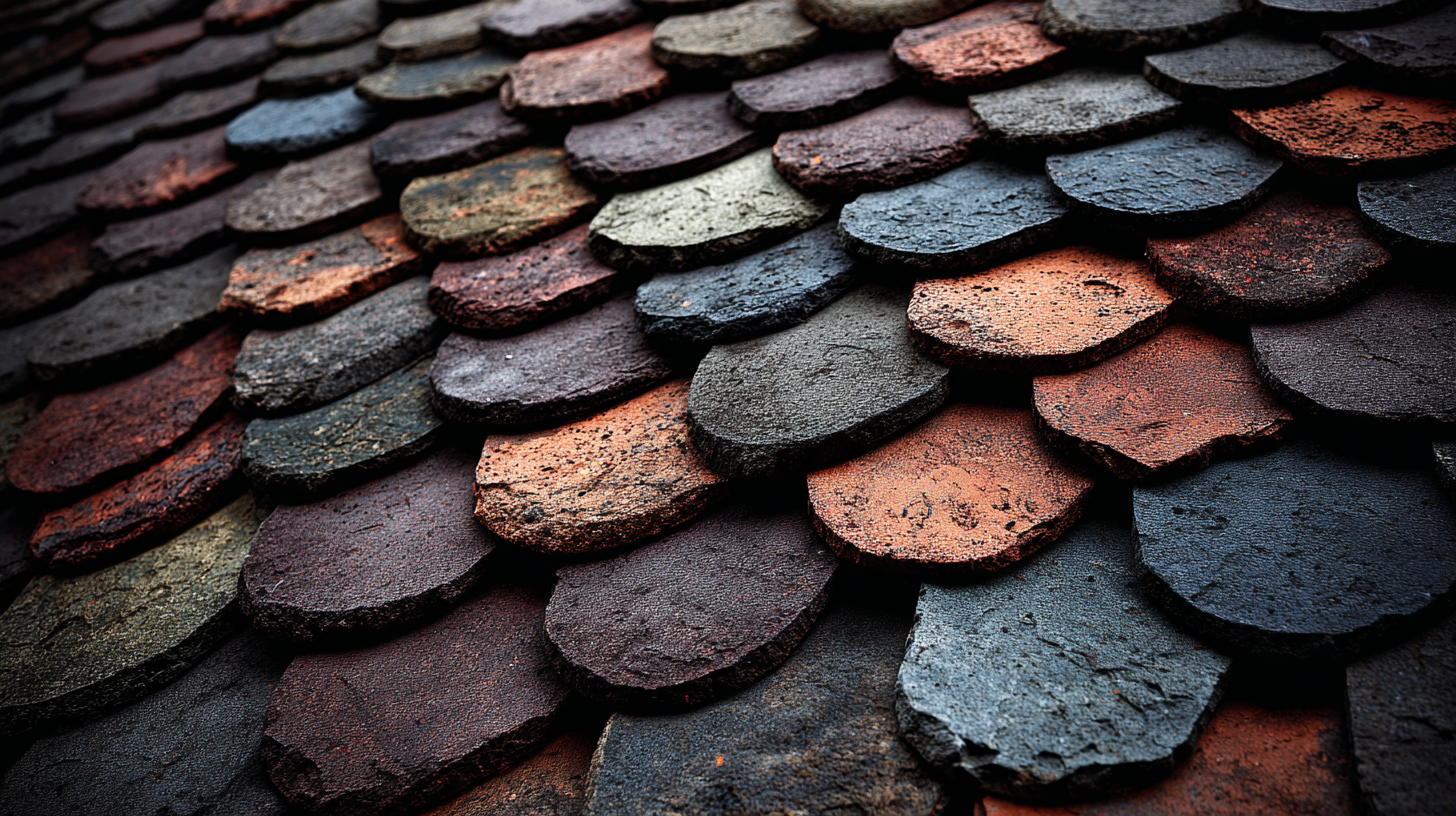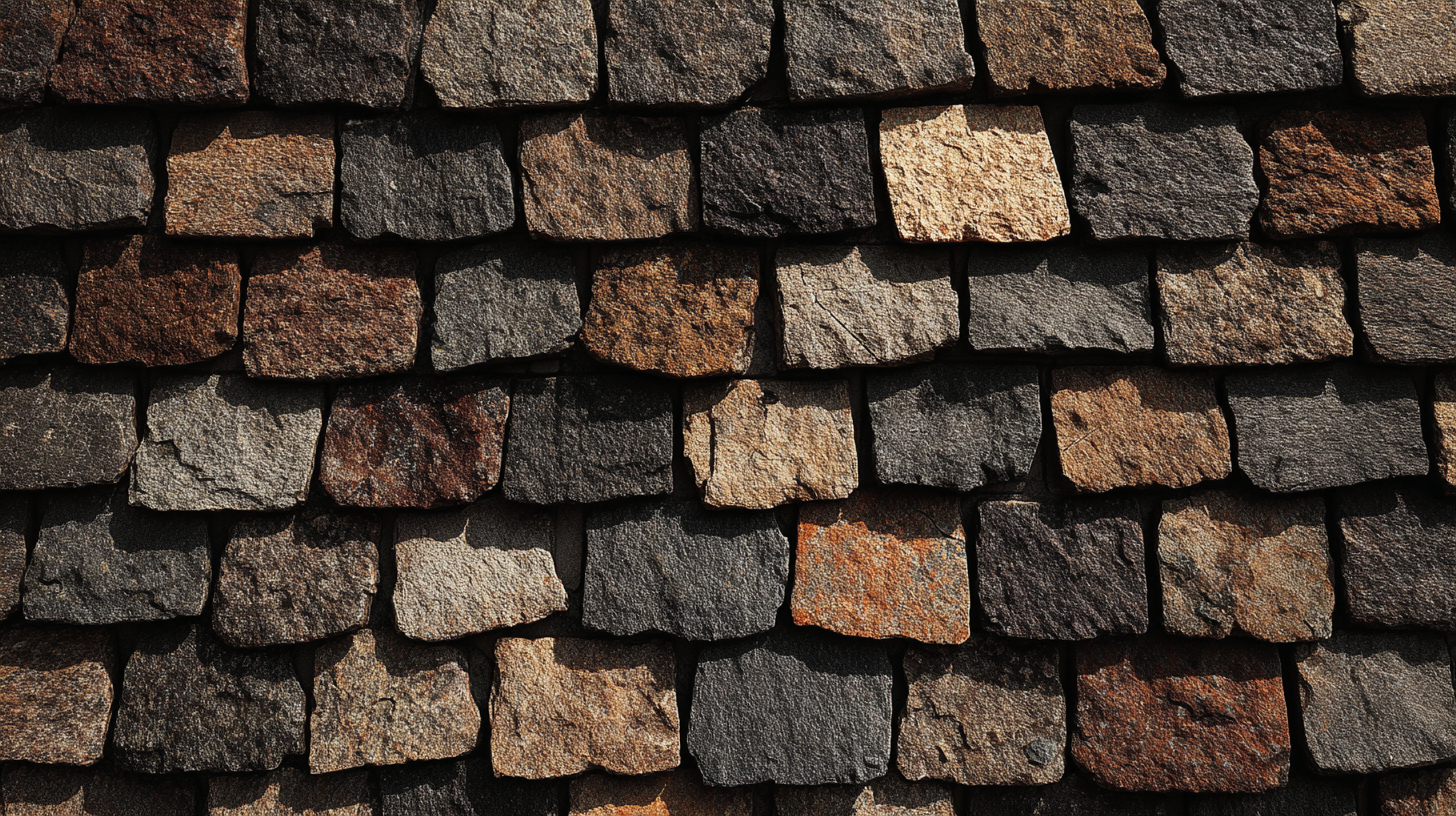Roofing Stone is an increasingly popular choice among homeowners and builders, owing to its durability and aesthetic appeal. According to a report from the National Association of Home Builders, nearly 40% of new homes in the United States utilize stone or masonry products for roofing. This surge in demand highlights the remarkable qualities of Roofing Stone, such as its ability to withstand extreme weather conditions and its energy-efficient properties, contributing to lower heating and cooling costs. Additionally, a study by the Natural Stone Institute reveals that roofing stone can have a lifespan of over 100 years with minimal maintenance, making it an economical choice in the long run. As homeowners become more eco-conscious, the sustainable nature of roofing stone, often sourced from local quarries, further enhances its attractiveness.

In this article, we will explore seven essential facts about Roofing Stone that you need to know, helping you make informed decisions about this timeless roofing material.
When considering roofing materials, understanding the different types of roofing stones and their uses is crucial for making informed decisions. Slate, for instance, is a popular choice known for its durability and aesthetic appeal. According to a report by the National Slate Association, properly installed slate roofs can last over 100 years with minimal maintenance, which makes them a long-term investment for homeowners. Moreover, slate comes in various colors and textures, allowing for customization that enhances the architectural beauty of a building.
Another notable roofing stone is granite, which is favored for its strength and resistance to extreme weather conditions. The Natural Stone Institute highlights that granite can withstand high temperatures and is highly resistant to cracking, making it an ideal option for regions prone to severe weather. Additionally, the unique patterns and colors of granite can add to the visual appeal of a home, making it both functional and attractive. Understanding these characteristics can aid homeowners and builders in selecting the best roofing stone that meets both aesthetic and practical needs.
| Type of Roofing Stone | Description | Advantages | Disadvantages | Typical Uses |
|---|---|---|---|---|
| Slate | A natural stone that splits into thin sheets. | Durable, fire-resistant, and available in various colors. | Heavy and can be expensive. | Residential roofing, historical buildings. |
| Limestone | A sedimentary rock composed mainly of calcium carbonate. | Natural appearance and great insulation properties. | Can be susceptible to weathering and staining. | Commercial buildings, modern homes. |
| Granite | An igneous rock that is very hard and durable. | Extremely durable and resistant to weathering. | Heavy and can be difficult to install. | Luxury homes, commercial properties. |
| Sandstone | A sedimentary rock made from consolidated sand. | Variety of colors and textures available. | Can erode in harsh climates. | Rural homes, decorative features. |
| Shale | A fine-grained sedimentary rock formed from mud. | Rich colors and affordable. | Not as durable as other stones. | Cost-effective roofing for simple structures. |
| Fieldstone | Naturally occurring stones that are sourced from fields. | Unique appearance and natural integration with landscapes. | May have irregular shapes, complicating installation. | Rustic homes, cabins. |
| Slate Composite | Engineered material made from slate particles. | Lightweight and versatile. | Less natural appearance than solid slate. | Modern architecture, eco-friendly buildings. |
Using roofing stone for residential and commercial buildings offers numerous benefits that contribute to both aesthetic appeal and functional performance. According to a report from the National Association of Home Builders (NAHB), stone roofs are not only visually striking but also provide enhanced durability and longevity. In fact, roofing stones can last over 100 years, significantly outpacing other roofing materials that typically require replacement every 20-50 years. This extended lifespan translates into reduced maintenance costs and less frequent need for replacements, making stone an economically sensible choice.
Additionally, roofing stone excels in energy efficiency. The U.S. Department of Energy has indicated that stone roofing can reflect sunlight effectively and maintain cooler roof temperatures, leading to lower energy consumption for cooling systems. Buildings topped with stone can reduce summer cooling costs by as much as 15%-20%. Furthermore, the insulation properties of stone help in regulating indoor temperatures year-round, contributing to a smaller carbon footprint and promoting sustainable building practices. With these advantages, roofing stone stands out as a robust option for those looking to enhance their property’s resilience and energy efficiency.
This chart illustrates the benefits of using roofing stone in residential and commercial buildings, comparing their effectiveness in various categories.
When choosing roofing stone materials, several critical factors should be considered to ensure a durable and aesthetically pleasing roof. The type of stone you select will significantly impact the roof's longevity, with options such as slate, granite, and limestone offering varying degrees of durability. According to a report by the National Roofing Contractors Association (NRCA), properly maintained stone roofing can last over 100 years, making it a wise investment in the long run.
Another important consideration is the weight of the roofing stone. Heavier stones may require additional support structures, potentially increasing installation costs. It's crucial to consult local building codes and get professional advice to determine if your home can accommodate the selected material without compromising structural integrity.
Tip: Always prioritize energy efficiency when selecting roofing stones. Light-colored stones can help reflect sunlight and reduce cooling costs by up to 20%, according to the U.S. Department of Energy. This not only supports environmental sustainability but also contributes to long-term savings on energy bills.
Tip: When in doubt, seek samples of different stone types to evaluate color, texture, and weight firsthand. This will help you make a more informed decision while ensuring a cohesive look with the overall design of your home.
Maintaining roofing stone is crucial for prolonging its lifespan and ensuring your home remains protected from the elements. According to a report by the National Roofing Contractors Association (NRCA), properly maintained roofing materials can last up to 50 years, significantly reducing replacement costs and environmental impact. Regular inspections and maintenance are essential to identify any signs of damage or wear early on.

Tip 1: Schedule seasonal inspections to check for loose or cracked stones, as these can lead to leaks and further damage. Ongoing issues can decrease the lifespan of your roofing system by as much as 20%-30%, according to a study by the American Society of Home Inspectors.
Tip 2: Clean your roofing stone regularly to remove debris, moss, and algae. A clean roof not only looks better but also helps prevent deterioration. Research shows that roofs free of debris can reflect sunlight better, maintaining energy efficiency and protecting the stone from unnecessary wear.
Tip 3: Ensure proper drainage around your roofing system. Clogged gutters can lead to water pooling, which may compromise the integrity of your roofing stone. Proper drainage systems can increase the longevity of roofing materials by up to 15 years, based on data from the Roofing Industry Alliance for Progress.
 When considering roofing options, cost efficiency is a critical factor that influences many homeowners' decisions. Roofing stone, known for its durability and aesthetic appeal, often comes with a higher initial price tag compared to materials like asphalt shingles and metal roofing. However, the long-term savings associated with roofing stone can outweigh the upfront costs. Its longevity—often exceeding 50 years—means homeowners may not have to replace their roofs as frequently, resulting in savings on materials and labor over time.
When considering roofing options, cost efficiency is a critical factor that influences many homeowners' decisions. Roofing stone, known for its durability and aesthetic appeal, often comes with a higher initial price tag compared to materials like asphalt shingles and metal roofing. However, the long-term savings associated with roofing stone can outweigh the upfront costs. Its longevity—often exceeding 50 years—means homeowners may not have to replace their roofs as frequently, resulting in savings on materials and labor over time.
In contrast, while asphalt shingles may be cheaper upfront, they usually require replacement every 15 to 30 years, leading to higher cumulative costs. Similarly, metal roofing may offer durability but can also be pricey initially. Thus, while roofing stone might appear less cost-effective at first glance, its extended lifespan and minimal maintenance needs can make it the most economical choice in the long run for those looking to invest strategically in their home.






